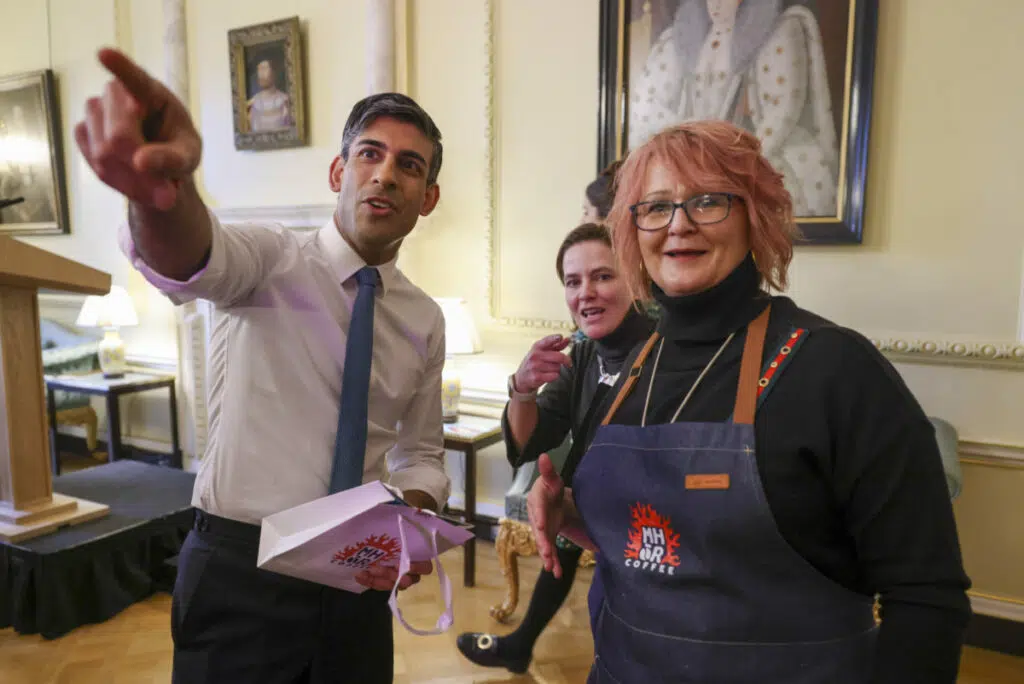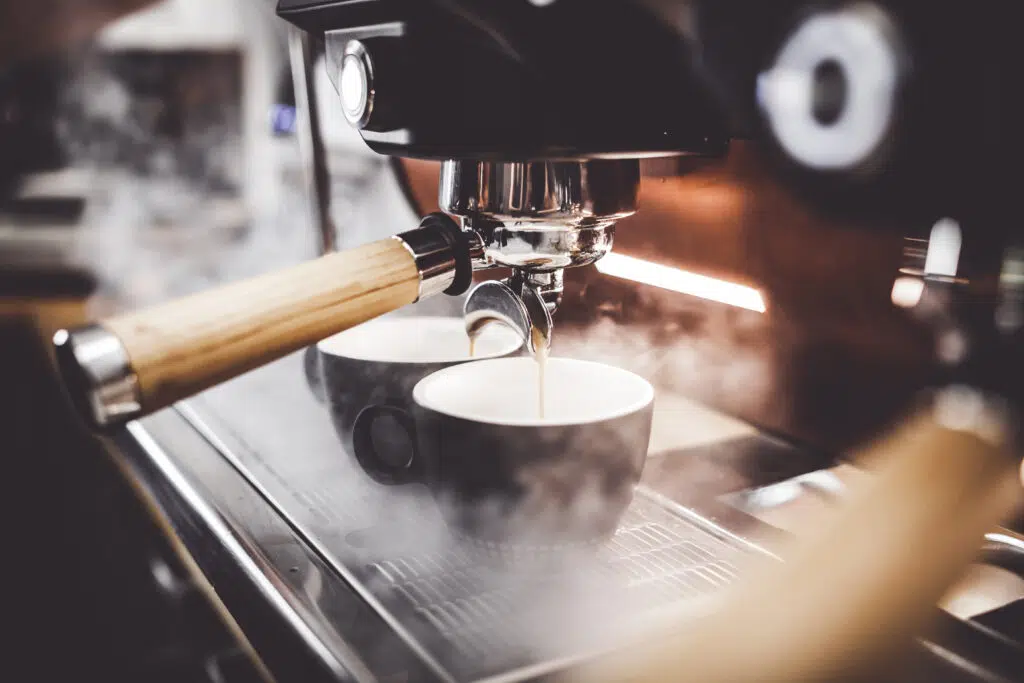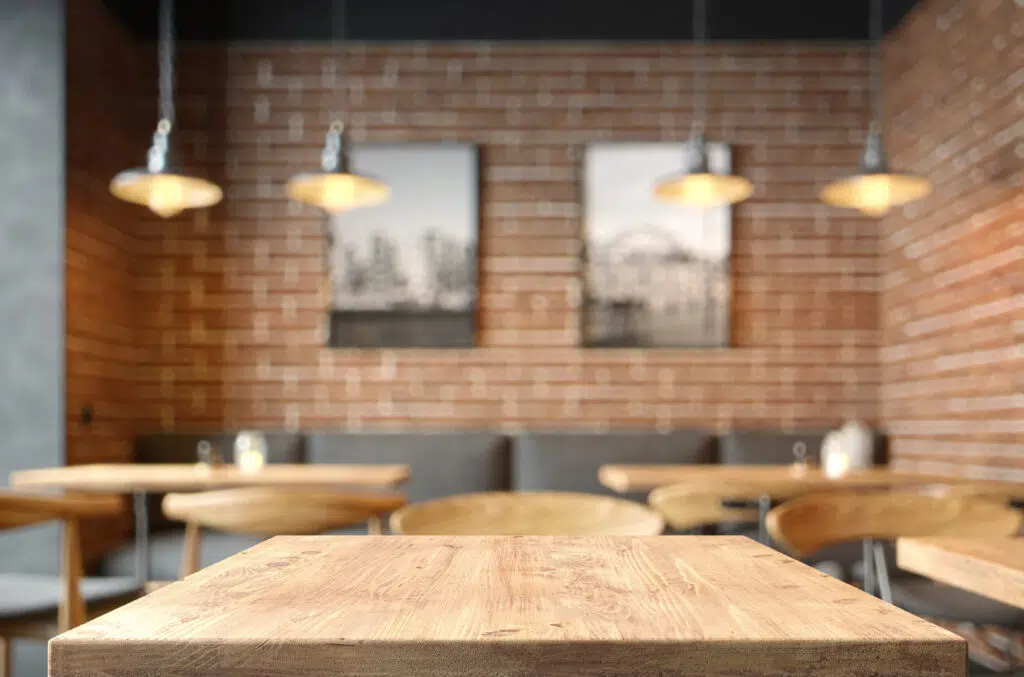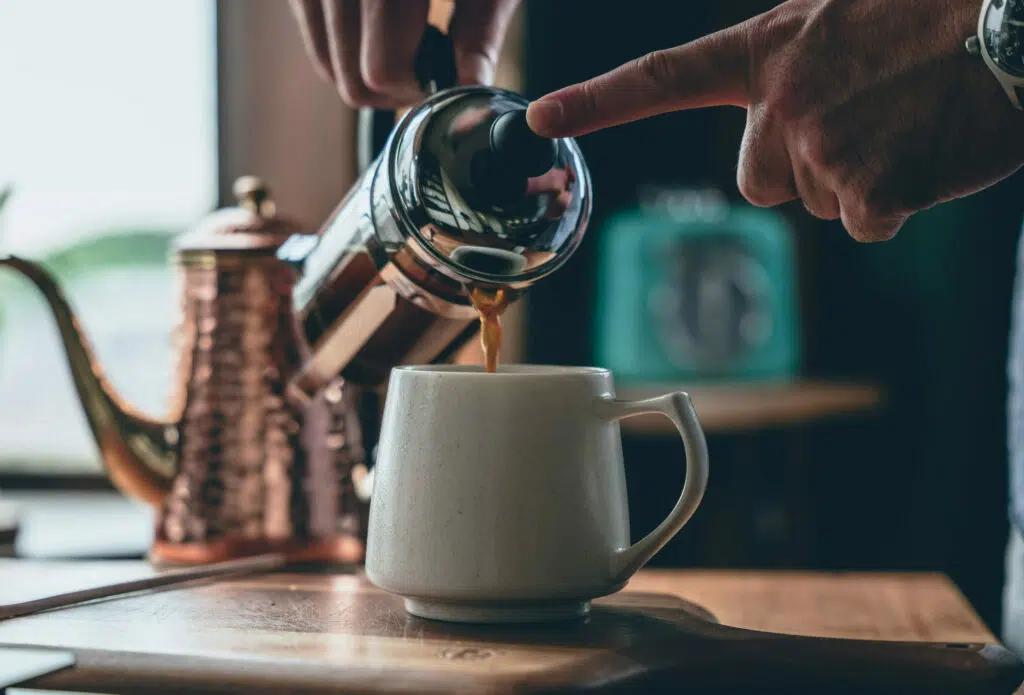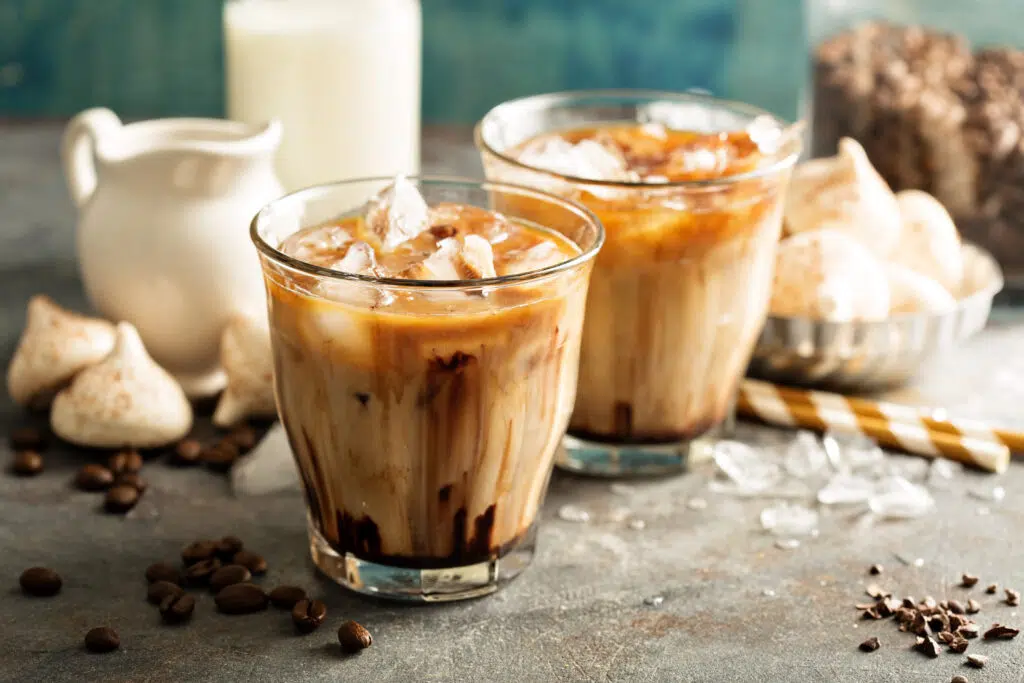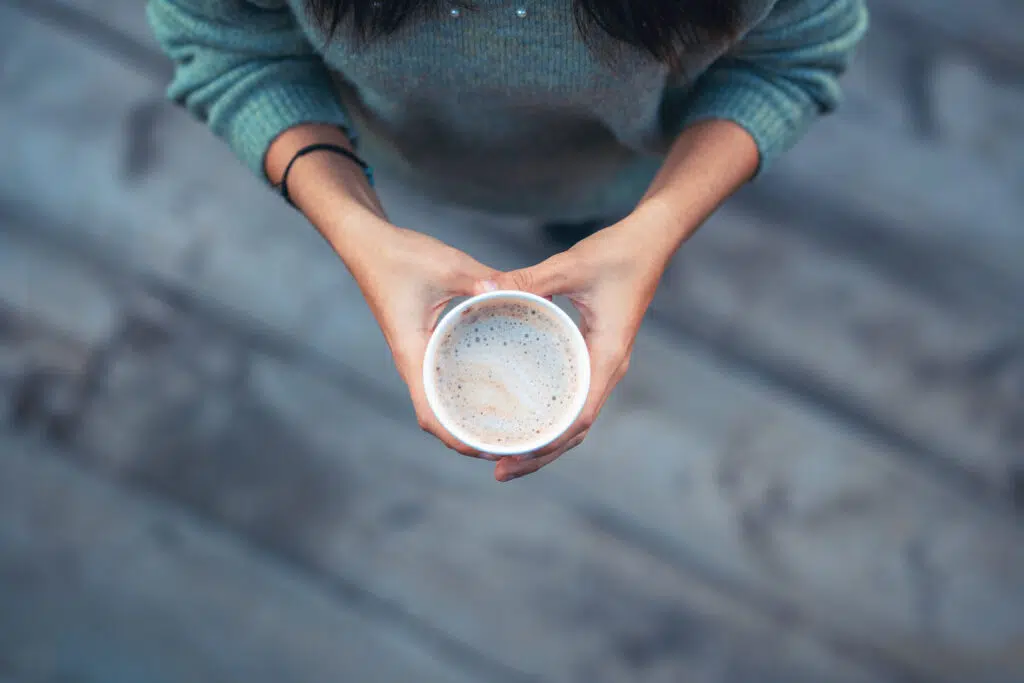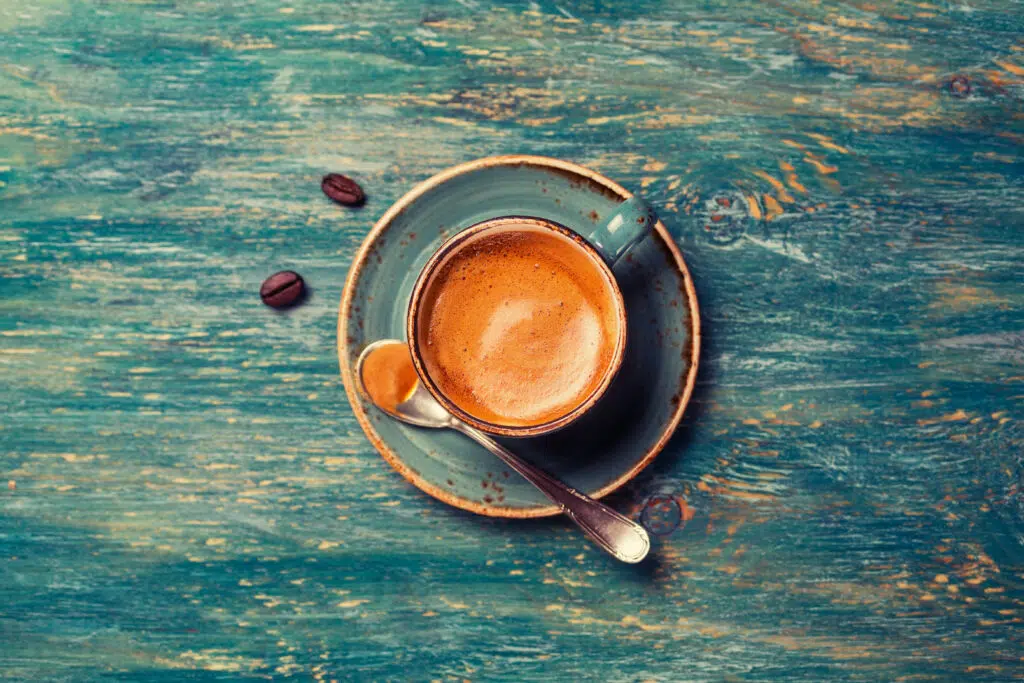[vc_row][vc_column][vc_column_text] Perth based entrepreneur and co-founder of Mhor Coffee, Tricia Fox, has been flying the flag for Scottish produce in London at a UK Government reception held on 8 March 2023 at No.10 Downing Street, to mark International Women’s Day. The event, which was attended by 150 guests including representatives across Government, industry, and civil […]
Tag Archives: black coffee
[vc_row][vc_column][vc_column_text] January is my least favourite month of the year. Not because it’s cold, damp and dark, but because the world around me seems to erupt into a fervent attempt to get fit, lose weight and act all smug about it. Ditching or cutting back on caffeine usually seems to be high on their agenda. […]
[vc_row][vc_column][vc_column_text] As seasons change, temperatures fall, and demand for hot drinks soars. In coffee circles, heated debates continue about the “correct” temperature to create the perfect brew, and how much to heat the milk. We’ve all done it. I’ve heard myself saying “could I have that extra hot, please?” But, know this, deep down inside […]
[vc_row][vc_column][vc_column_text] By the time this column is printed, the doors to our wee coffee shop in Perth will be permanently closed. Like a great many small independent businesses in the hospitality industry, we concluded it was just no longer viable to carry on. Over the last few weeks I’ve read silently, with growing horror, article […]
[vc_row][vc_column][vc_column_text] We all remember our first fancy coffee, right? The time where the coffee is not just that little bit different from what you’d expected, and all that more thrilling for it. For me it was on a regular after school natter with my best mate, Victoria, at the then newly opened Willows Restaurant in […]
[vc_row][vc_column][vc_column_text] As I write, Scotland is sweltering in the grip of an early Summer heatwave. Beside me is a clinking high ball glass, filled to the brim with deliciously ice-cold coffee, my inspiration for this month’s column. Like a grown-up milkshake, with the added value of caffeination, an iced coffee is the ultimate sophisticated treat […]
I’ve got news for you. You’ve been poorly trained in how to buy coffee. Yep, you’ve read that right. In a bid to make things simpler for you, the supermarkets dug out the most basic of marketing techniques, and have adequately lulled you into a false sense of security using a fictional numbers based coffee […]
How do you take your coffee? Black. No sugar. It’s the line in the movie that lets you know this is someone not to be messed with. They don’t have time for milk. Certainly no time for sugar. Last month I fessed up that latte is my drink of choice. But don’t be fooled. I’ve […]

